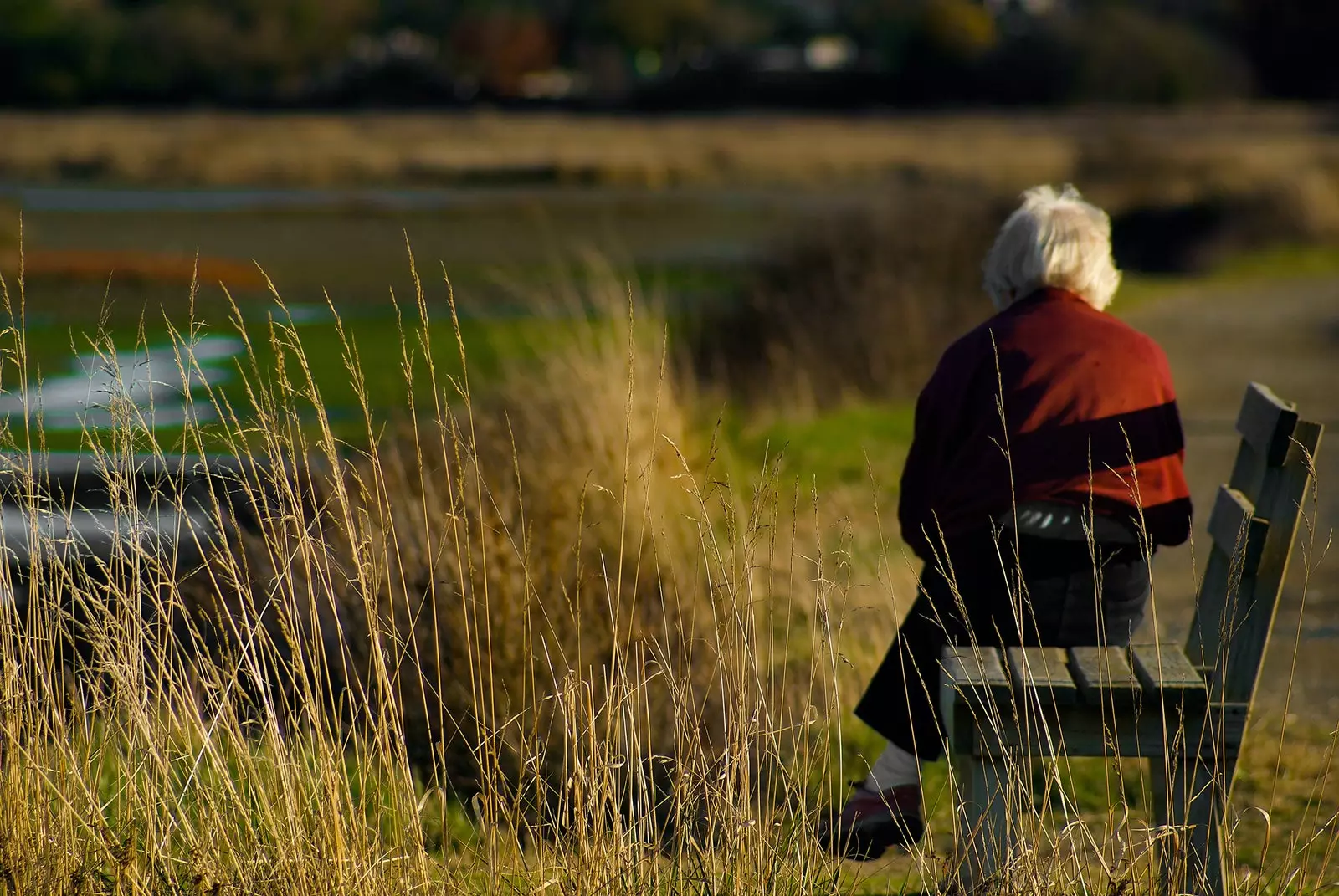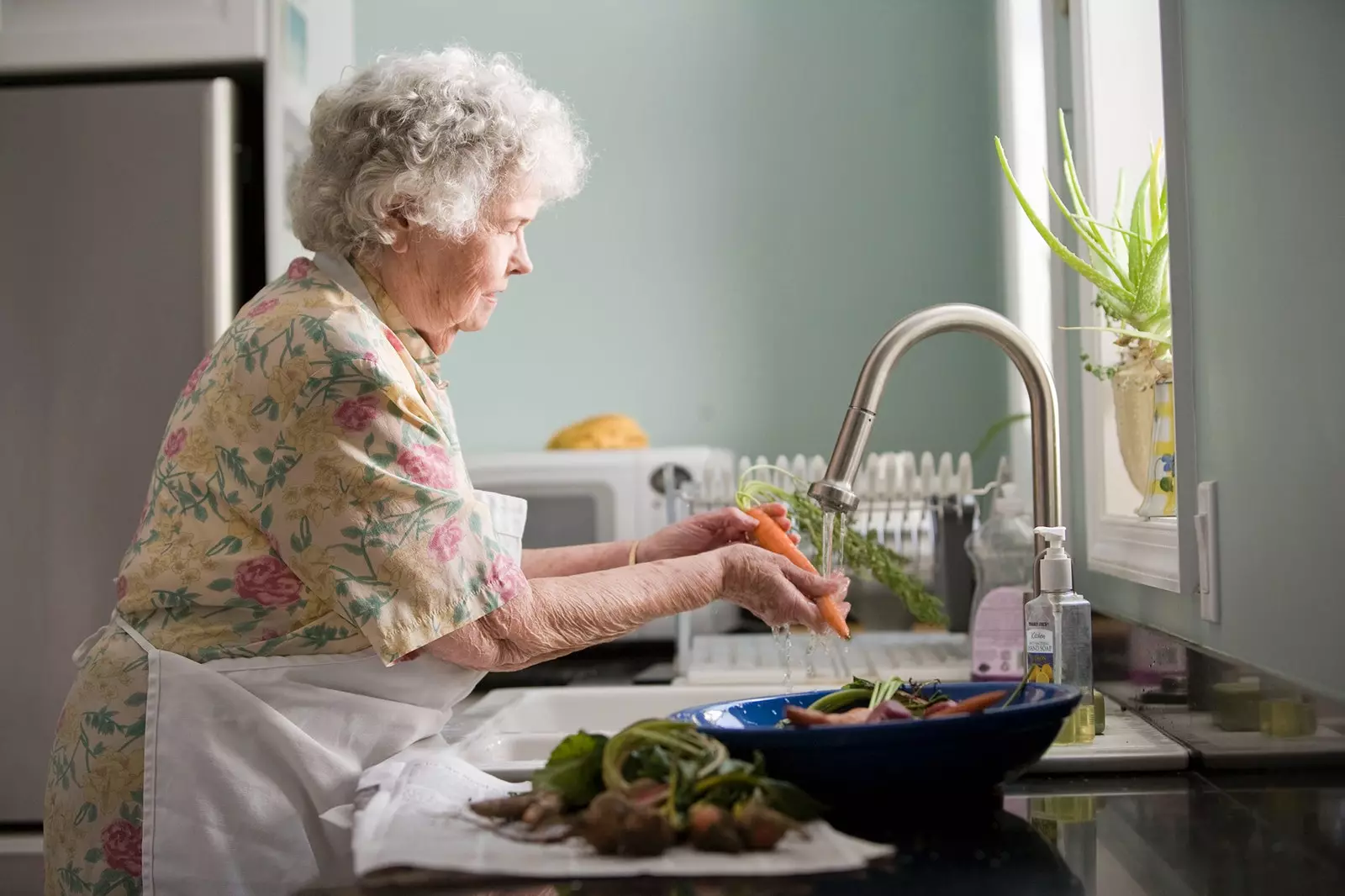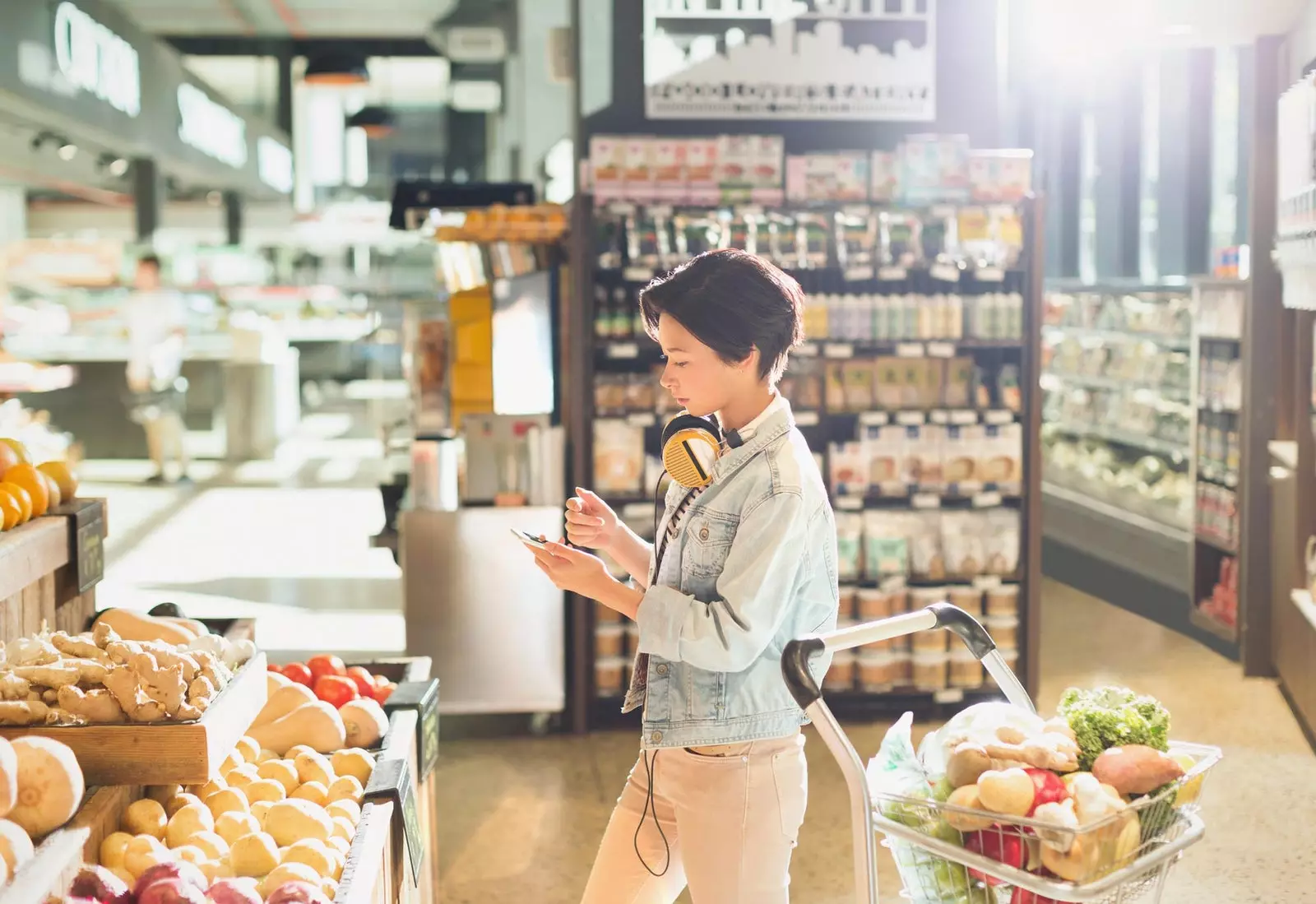Thinking about whether my habits are sustainable, I remember that my grandmother had a large garden where they grew all kinds of plants and trees: begoñas, glaviolos, wallflowers, calla lilies, aloes, carnations, roses, a nisporero and even small crops of broad beans and corn. Decades later, my cacti continue to die. I also don't know how to make soap with reused oil nor take advantage of the leftovers from the fridge to prepare a five-fork creation.
Long before becoming aware of the global ecological problem, our grandmothers already promoted in their day to day the three “rs”: reduce, reuse and recycle without knowing what Greenpeace was or wondering about the polar bears in the Arctic. However, in what generational gap was that wisdom diluted? At what point was the world filled with Band-Aids because of our habits?

We can learn from our grandmothers to take care of the planet.
Perhaps these questions deserve a separate article, but what we do know is that today we have as many memories as tools to transform our routine into a more efficient one . The following practices promoted by our grandmothers are a good example.
TAKE CARE OF THE GARDEN (AND THE BUTTERFLIES WILL COME)
We buy a banana tree or Adam's rib and consult dozens of gardening portals on the Internet to understand why its leaves turn yellow. Nevertheless, our grandmothers they never needed Google to pamper your gardens : their pothos were capable of creating natural arches, the coffee grounds served as fertilizer and reading the sky was the best indicator to know when the fruits would sprout from the trees.
Some of our grandmothers, even they collected rainwater in brass basins to then water gardens full of butterflies and plants considered trendy today (hello, mother-in-law's tongue!).
THE ART OF REUSE
My grandmother always told me off when she used a napkin and, hardly using it, threw it in the trash. If she wasn't dirty, she was perfectly useable for the next meal. . But the napkins were only the tip of the iceberg: with olive oil (and the fearsome caustic soda) you could make almond soap that perfumed the summers, the fresh milk jars were glass and they were returned to the milkman to be refilled, and the hair straightener… was the clothes iron.

In the kitchen, let's do like them.
THE EFFICIENT HOME
The "passive house" of our grandparents reinvented the furniture and efficiency of households that had not yet experienced globalization or fiber optics: the washing machine was slow to arrive and Wash the clothes by hand It was a titanic task but very economical, computers were encyclopedias that involved months of savings, and a fan or a cool talk they became the best excuse to invite the breeze when there was no air conditioning.
oh! And without forgetting the fly swatter instead of chemicals or the poetry of clothes hanging in the sun instead of the dryer.
SHOP LOCALLY
My grandmother opened a peach in the middle of July and her mouth watered. Today I don't see the same reaction in my father when he arrives with the fruits from the supermarket. Our grandparents always encouraged proximity trade and the usual morning visit went through the baker, the milkman and the butcher, among many others.
The strawberries were for May and the tangerines for November, never the other way around. There were no plastic bags and a cart was worthy of a Mary Poppins bag. The seasons dictated a more organic and communal consumption. If these are not sustainable habits…

Making the purchase with head is essential.
BETWEEN SEAMS
Current sustainable fashion drinks a lot from the heritage and vintage taste of our grandmothers, pure textile geniuses. In the first place, no shopping, since the children inherited their brothers' clothes and a Fanta propaganda t-shirt could last for decades.
If something broke, it was mended as many times as necessary with knee pads, a sewn button or taking the bottom of a pair of pants. Not to mention the crochet, lace and bespoke clothing that they knit locked in the sewing machine room next to a candle at the end of the day.
FOOD IS NOT THROWED AWAY
Today we throw away more than we eat, something our grandmothers would have seen as sacrilege. They were able to turn the ham bone into the main point of a stew, preserve the remains of the food to make old clothes or use stale bread as a base for biscuits and torrijas . All this without forgetting the jars of preserves with potatoes, chickpeas and vegetables, or the strings of ñoras, peppers and tomatoes hung in the sun to dry.
WISDOM MAKES UP
The best scrub was to use a horsehair glove and a bath brush. Coca Cola could be a good suntan lotion and milk the best make-up remover . And chamomile for heart-stopping eyelashes and even strawberries for white teeth.
Makeup and beauty rituals of our grandmothers also reused all everyday items without having to spend huge amounts of money on cosmetic products.

Sustainability begins in our consumption habits.
IF LIFE GIVES YOU LEMONS, MAKE WINDOW CLEANER
Today we clean our house and there is a nuclear power plant aroma that we do not recognize in our grandmothers' homes. They used natural products when it came to leaving the house sparkling: homemade glass cleaner was made with alcohol, water, white wine vinegar and a few drops of olive oil.
Instead of endless kitchen rolls, they used rags from old clothes (or that Fanta T-shirt that no one could wear anymore), and a pinch of vanilla in a cold bulb It was the best air freshener.
